Earlier this year, I traveled to Australia for two weeks with nine other swim coaches selected from around the world to attend training to become a Swim Smooth Certified Coach. Swim Smooth is recognized as having a uniquely effective swim coaching system and the world’s best adult swim and triathlon squad in Perth. One of the key takeaways from our intensive training was to learn Swim Smooth’s one-to-one video analysis and stroke correction process. Practicing on each other was a great exercise in learning the process.
I grew up a swimmer, swimming competitively from age five through college, even participating in the US Olympic Trials. For the learning exercise, I was paired with Peter, a triathlete and triathlon coach from New England. I did not expect he’d find many flaws in my stroke. Peter said I had a beautiful stroke, but surprisingly he pointed out something wrong with how I was breathing. Difficulties breathing during swimming freestyle are often found with adults learning to swim, not with an experienced, lifelong swimmer like myself.
But, the video didn’t lie. After inhaling and returning my face to the water, I was holding my breath for at least one stroke, sometimes two. Then I would exhale strongly into the water just before I took my next breath. Wow! I was holding my breath … breaking a basic, learn-to-swim principle.
Maybe it’s ok since I was doing it, I thought. Is it really that important? Maybe there is some benefit to holding your breath when you swim? Do I ride higher in the water? So, I wondered and continued my studies to find answers. Here’s what I learned.
First and foremost, it’s not what elite swimmers do. Underwater video of Rebecca Adlington, Katie Ledecky, Ian Thorpe, Michael Phelps and virtually all of the other great freestylers reveal that they release air through the nose immediately upon putting their faces back in the water after the breath.
Secondly, as your body uses oxygen, it creates carbon dioxide (CO2) as a waste product. When you hold your breath, a buildup of carbon dioxide in the blood occurs. You then feel out of breath and the need to breathe. However, the sensation you feel is not the lack of oxygen, but it's actually that buildup of carbon dioxide. By holding your breath, you are keeping the carbon dioxide in your bloodstream and lungs. Getting rid of the CO2 helps relieve the out-of-breath distress. By breathing out constantly while your face is in the water, versus holding your breath, you can get rid of the carbon dioxide and no longer feel so out of breath.
Swimmers who don’t exhale properly will quickly feel winded, even though they probably aren’t really suffering oxygen debt. This is why many extremely fit athletes, often runners and triathletes, may feel that they can only swim a couple of lengths of the pool before exhaustion. They’re holding their breath.
And lastly, having lungs full of air can actually be bad for your body position. If your chest is too buoyant it causes your legs to sink in the water, creating extra drag. Note to self, my legs were actually low in the water on the video.
As I thought about what I saw on the video of my freestyle stroke, I realized the impact that holding my breath might be having on swimming races. In the past year, I had some difficulties swimming long distance races. I felt anxious at times and out of breath mid-race. Embarrassingly, I even did a few open turns during a 1000 yd freestyle race at YMCA Short Course Nationals last year. Something never ever done by a competitive swimmer. I hoped no one noticed. Quite frankly, I thought I was just getting old and was simply out of shape, having not trained enough for the event. But now I wondered, could it be because I was holding my breath? It all began to make sense.
So just how much does holding our breath impact us?
Try it now as you read this. Hold your breath for a few seconds after breathing in … Feel a bit of panic … a strong urge to breathe? When you hold your breath, you tense up. Inefficient air exchange can create anxiety very quickly.
Think about when you walk, jog, or ride a bike. Do you hold your breath at any time? No. You breathe naturally and rhythmically in and out. On land our inhalations are always immediately followed by exhalations and vice versa. There is no breath holding.
Developing a good breathing technique is perhaps the biggest challenge for many beginner swimmers. They struggle becoming comfortable with their face in the water while swimming and with finding a rhythm to breathing in and out.
Swim Smooth taught me that the secret to freestyle breathing is good exhalation. Exhaling constantly and continuously is fundamental for a good freestyle stroke technique.
Proper respiration when swimming should be no different than when jogging … inhale and exhale in a continuous flow. Whenever your face is in the water, exhale constantly and smoothly. When swimming you should always be exhaling except when you turn your head to inhale. You can exhale through your mouth or through your nose or through both, it doesn't matter. But when your face is in the water you should be exhaling all the time in one constant stream of bubbles.
I’ve also learned from my Swim Smooth certification training, the following two recommended breathing drills to relax and focus on exhalation … Sink Downs and Bubble, Bubble, Breathe.
SINK DOWNS is an excellent drill to do before your workout to release tension and remind yourself of the proper exhalation technique. To do Sink Downs:
- Tread water in the deep end of the pool.
- Take a breath and bring your arms to your side or above your head to sink.
- Let out a big sigh as you start to exhale. Try to sink straight down to the bottom of the pool.
- Once your lungs are out of air, push off the bottom and come back to the surface.
- If you struggle to sink, as I actually did when first doing this drill, you may be holding onto some of your breath.
- If you sink a little but pop back up to the surface, you may need to exhale more quickly.
- Once you feel comfortable with the exercise, take a breath and immediately sink down again. Do three sink-downs in a row.
BUBBLE, BUBBLE, BREATHE is a drill that has you actually say the word “bubble” underwater to activate exhalation while you are swimming. To do the Bubble, Bubble, Breathe drill:
- Push off the wall and swim freestyle breathing bilaterally, every third stroke.
- As your hand enters the water on the first stroke say “bubble”.
- On the second stroke say “bubble” again.
- And on the third stroke simply inhale. No need to say “breathe” out loud. Say it in your head as you breathe.
After trying this for a couple of lengths, try swimming, exhaling continuously in a relaxed manner. Swim at a slow pace. Imagine you have all day to get to the other end. Your sole focus should be to make sure you are exhaling whenever your face is in the water. If you catch yourself holding on to your breath, simply go back to the mantra “Bubble, Bubble, Breathe” with each stroke.
Be sure to also remember this technique when you swim in open water. Anxiety when swimming in open water is common for many reasons and can lead to you holding your breath. Holding your breath immediately increases your anxiety further, things start to feel out of control and you may feel a sense of panic. Simply focus on “bubble, bubble, breathe” during your open water swim to relax and reduce your anxiety. You now have a great tool to use any time during any swim.
I used this newly-learned drill while swimming the Swanny Ocean Classic 2km race while in Perth. I admit I was a bit nervous swimming in the ocean known for frequent large shark attacks. The beaches in Australia have sirens to alert swimmers if lifeguards or helicopter patrol see sharks in the area! At one point in the race, I was swimming well but suddenly got a bit nervous and panicky. Honestly, I don’t know why. Often open water plays tricks with our mind like that. But, I began saying “bubble” out loud with each stroke when my face was in the water. The mantra helped me to relax, focus on exhaling, and took my anxiety away.
After months of consistently and consciously focusing on not holding my breath, I now often notice my strong exhalation when beginning to swim … and smile to myself. I’m no longer holding my breath when I swim. Oh, there are still sometimes when I will feel especially out of breath mid-race, or coming off the wall from a flip turn. In those cases, rather than slowing down to rest or doing an open turn, I blow out to get rid of the carbon dioxide, relax and focus on the exhale. It always helps.
The trick is to not only get used to exhaling into the water but also to feel relaxed & natural doing it … without thinking about it. And that just took time and practice, focusing on the exhale, and doing the recommended Swim Smooth breathing drills. Be patient. It may take a while to become comfortable with it or to change your habit. But with time, you will find yourself relaxed, naturally breathing out to prepare for breathing in.
No matter what level of swimmer you are … an adult learning to swim, a physically fit triathlete, or a lifelong competitive swimmer… focus on the exhale. Strive to breathe as easily in the water as on land and you will swim longer distances, faster and with less effort.
============
Linda Bostic is the Head Coach of Palm Beach Masters, the 2017 USMS Club of the Year. She is a USMS Level 4 Swim Coach; the 2016 recipient of the USMS Kerry O;Brien Coaches Award; a USAT Level 1 Triathlon Coach; and is a Swim Smooth Certified Coach.
============











 Join us online.
Join us online.








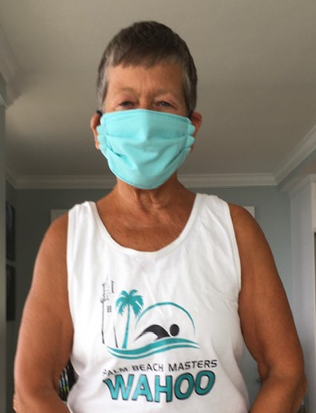

 Mike Lamonica and I invite you to join us on ZOOM on Monday & Thursday nights at 6:30pm EST. Let's support each other and share tips on eating healthy and exercising while we shred the fat pounds during quarantine.
Mike Lamonica and I invite you to join us on ZOOM on Monday & Thursday nights at 6:30pm EST. Let's support each other and share tips on eating healthy and exercising while we shred the fat pounds during quarantine.


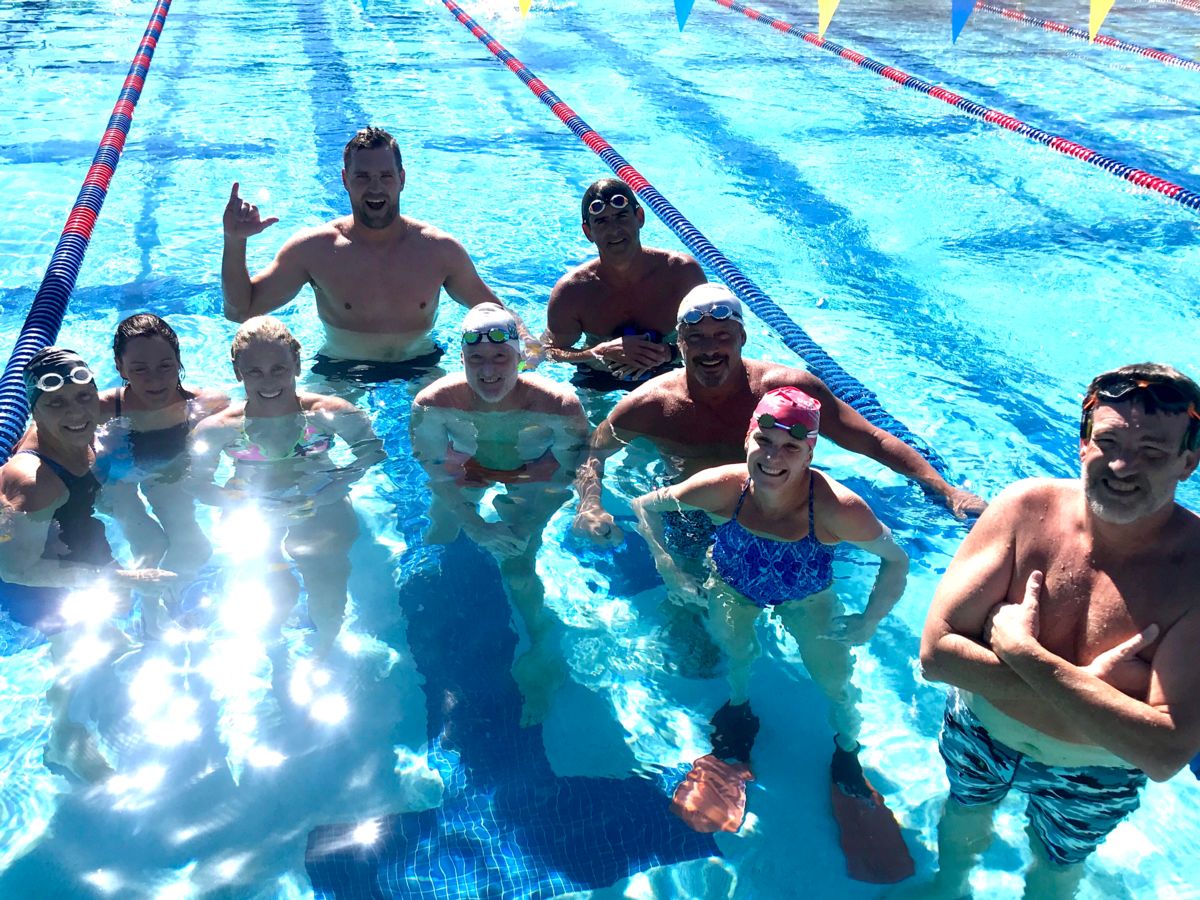

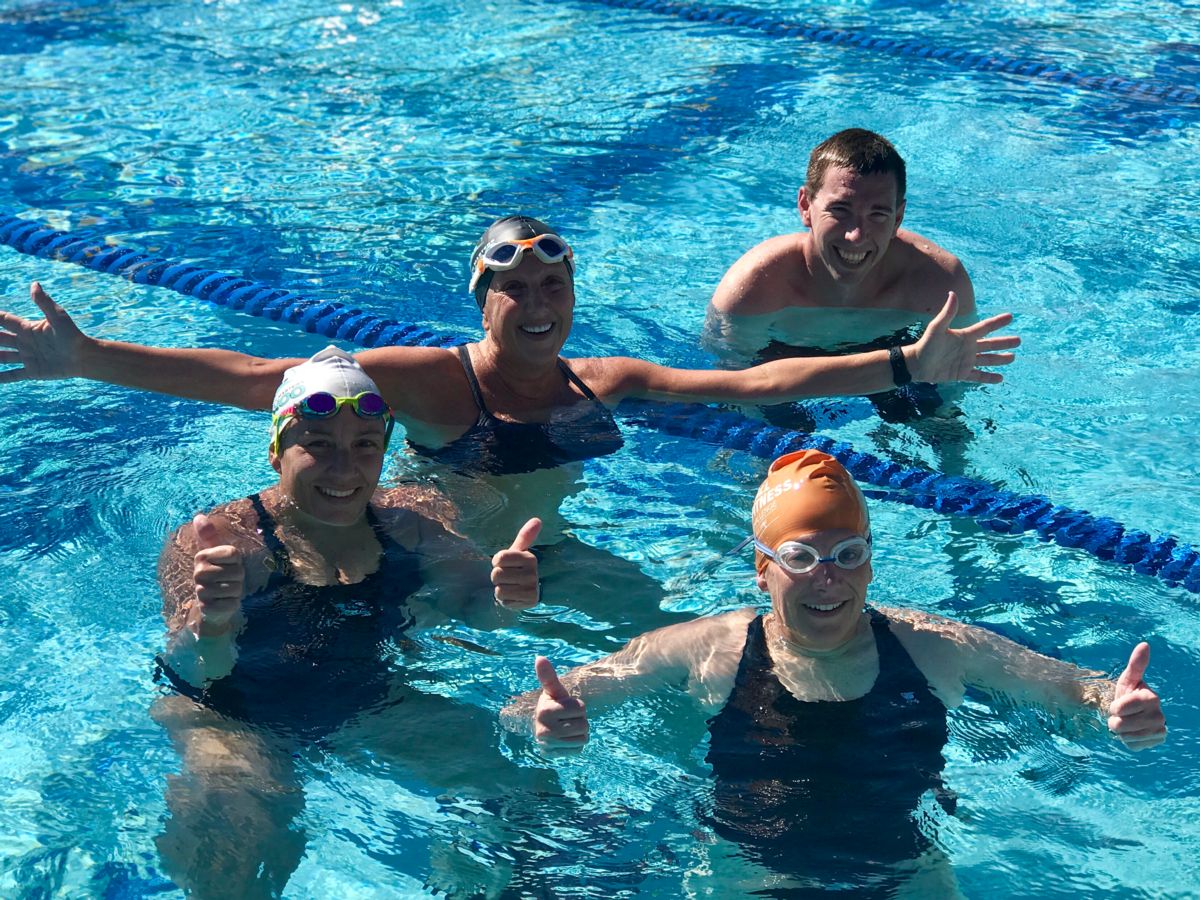





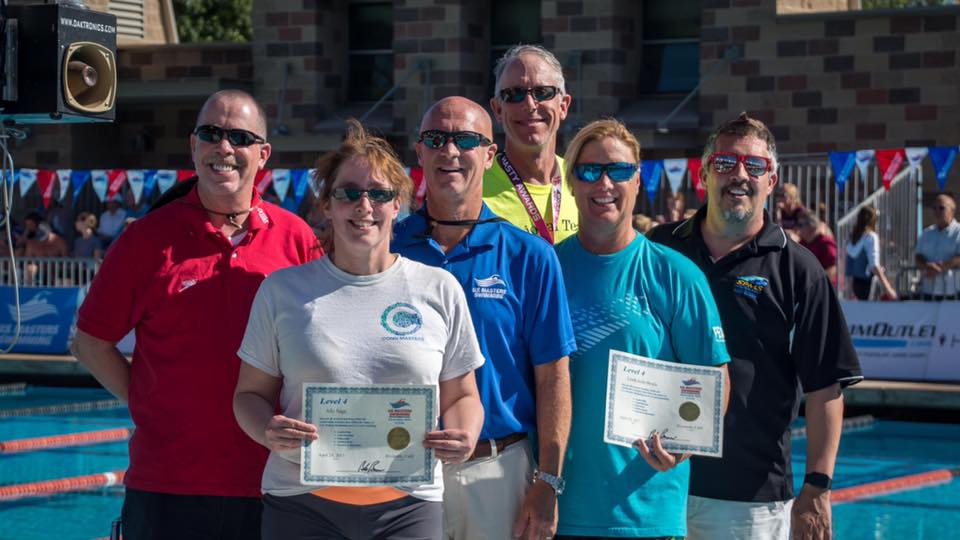




.jpg)







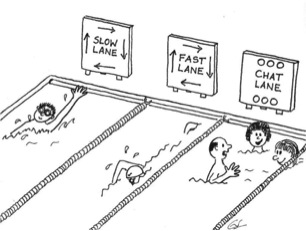

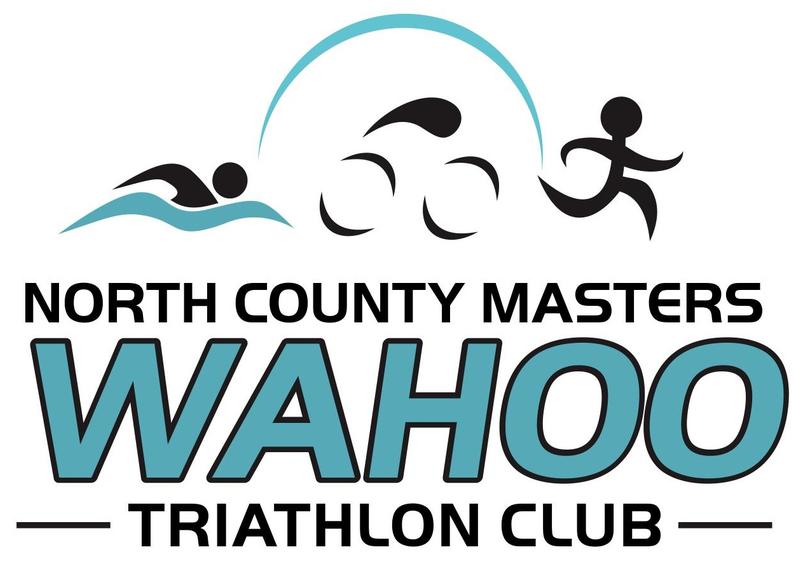

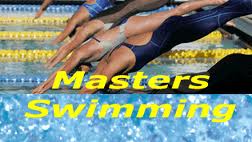





 After years of consideration, I have finally decided to go with Club Assistant as our online membership management solution. Their Online Club & Team Management software focuses on membership communications via emails & websites and financial tracking & reporting. Club Assistant has been working with aquatic clubs since 2001 in all 50 states.
After years of consideration, I have finally decided to go with Club Assistant as our online membership management solution. Their Online Club & Team Management software focuses on membership communications via emails & websites and financial tracking & reporting. Club Assistant has been working with aquatic clubs since 2001 in all 50 states.